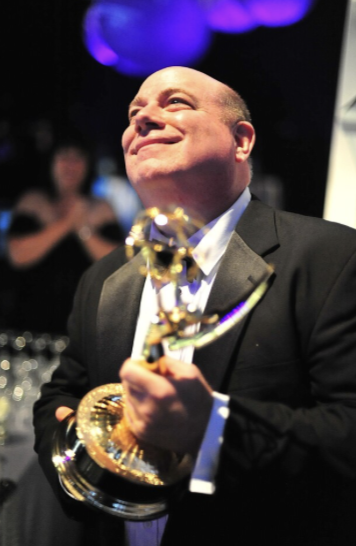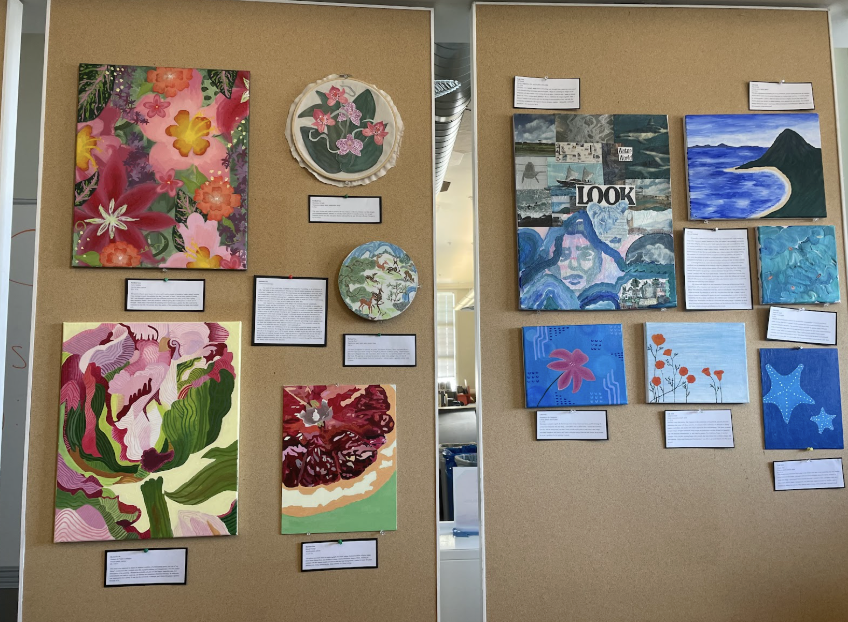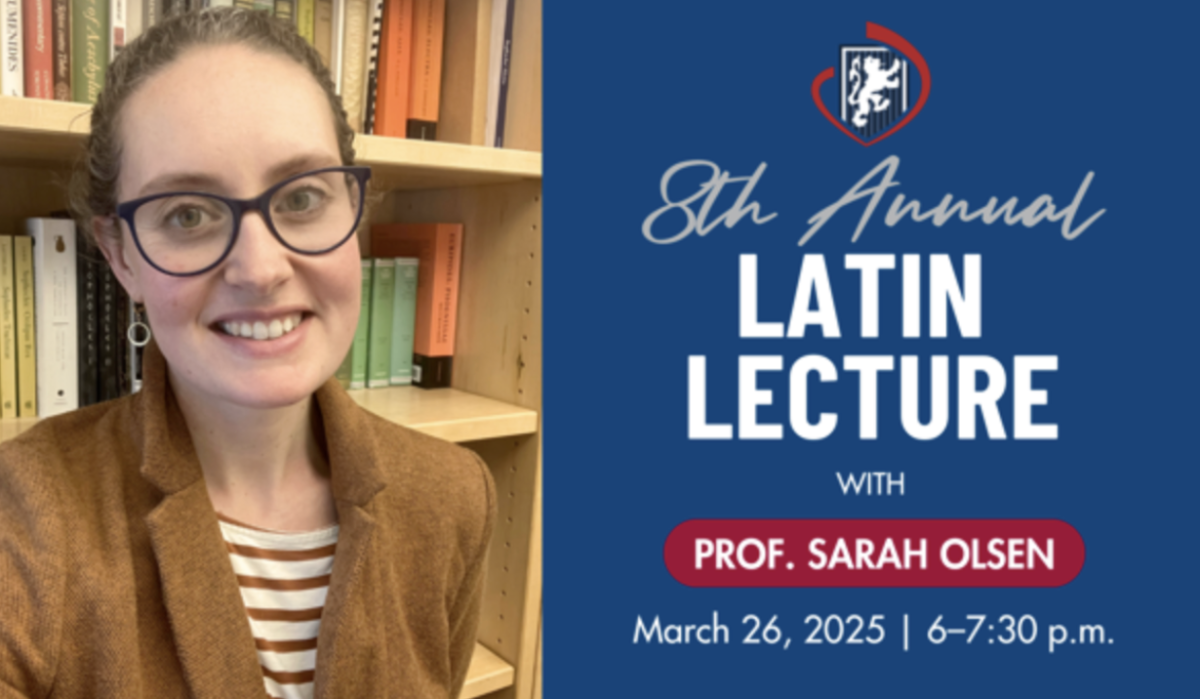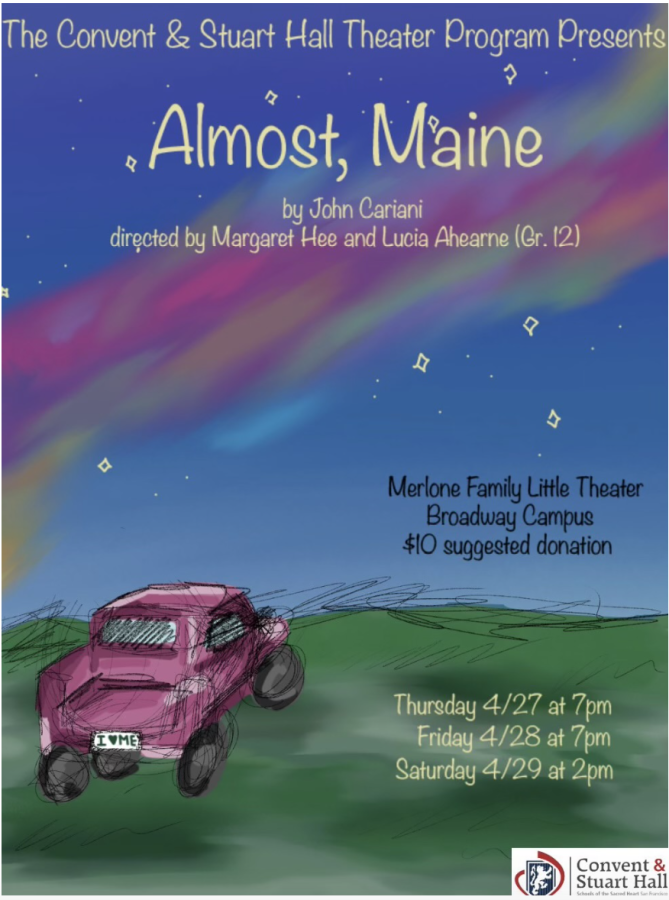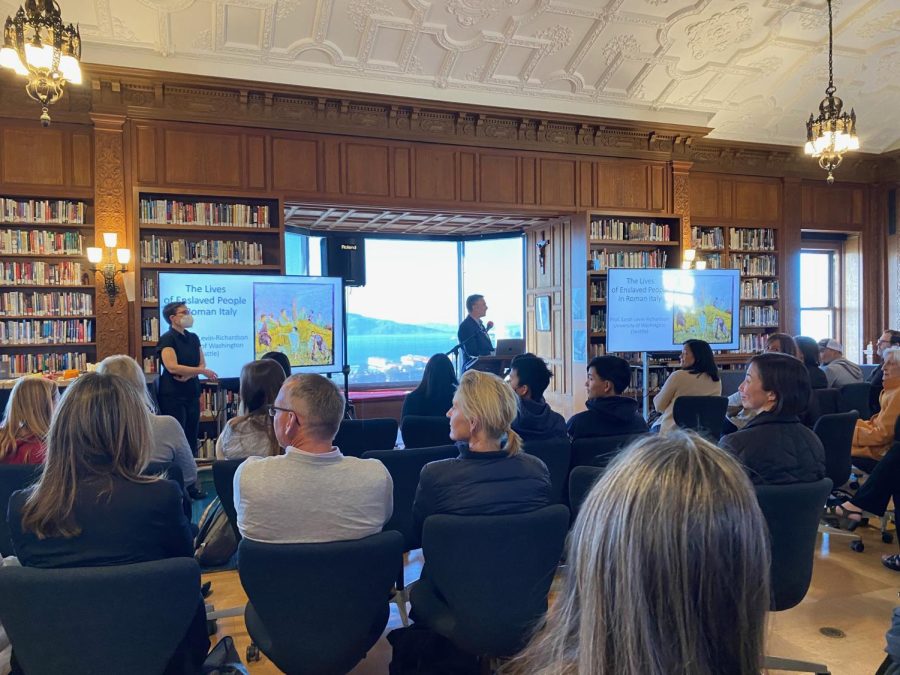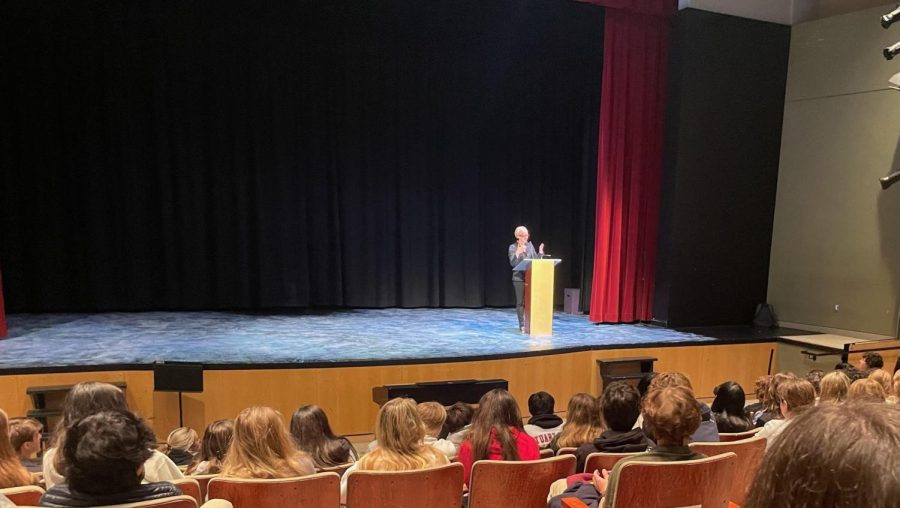Anjali Shrestha
Features Editor
A heavy perfume scent wafts down the corridors of the de Young museum where bursting bouquets and picturesque flower arrangements fill the galleries and compliment pieces of the permanent collection for the annual Bouquets to Art, held to benefit the Fine Arts Museums of San Francisco.
The five-day exhibit starting March 15 will feature 150 floral arrangements by various designers and garden clubs from around the world that interpret paintings, sculpture and furniture, and are placed throughout the museum. Clara McInerney (’75) is one of the independent floral designers who has worked with a team of two other Convent alumnae to interpret work.
“We turned in our requests for the work we want to interpret and the Fine Arts museum assigns us one of our choices,” McInerney said. “We are supposed to find out by the end of February this year.”
Bouquets to Art has attracted over 560,000 visitors and raised over $4.74 million in net proceeds according to a press release by the de Young in past years. The special exhibit funds art acquisitions and education programs at the de Young and Legion of Honor.
“Walking past all the flowers is so much fun and a very unique type of museum exhibit,” senior Sophie De Lancie said. “I go just for the flowers, but the fact that it is for charity makes it even better.”
“The number one challenge in producing the exhibit is bringing often large works of art to scale, and ensuring the designs will last through heat and other conditions that might damage the flowers,” said McInerney.
Designers have to choose flora that will last throughout the exhibit and stay fresh. McInerney and her team will go in each morning before visitors come to check their arrangement still look fresh.
“The challenge is to bring it to scale,” McInerney said. “We have to make sure that we use things that will last because it is so hot and people going by produce body heat on top of the lights.”

The quality, appearance and vibrancy of the arrangements each day of the exhibit speak for themselves when determining florists for the next year.
“Each year your work has to be up to par otherwise you are not asked back, it has to be good, well maintained and fresh everyday,” said McInerney. “They look at technique. If your piece is leaking or dead they will not invite you back because people pay to see this.”
Each bouquet uses unique combinations of flowers to imitate pieces of art as closely as possibly.
“Last year we did ‘The Great Swamp’ [Martin Johnson Heade, 1904] and used Spanish moss, baby purple artichokes, miniature succulents, lily of the valley and hyacinth,” McInerny said. “It is a landscape and it is only 12-inches long by about 8-inches wide and everything has to be to scale.”
During the five days of exhibition, the De Young will also be hosting luncheons, afternoon teas and lectures by floral designers ranging from the Bay Area to London. The exhibit will conclude with a benefit raffle featuring prizes including jewelry and clothing.
“It is well worth the price of admission and the one time of the year that you can take flash photographs in the museum and see the flower arrangements in front the work being interpreted,” McInerny said.





